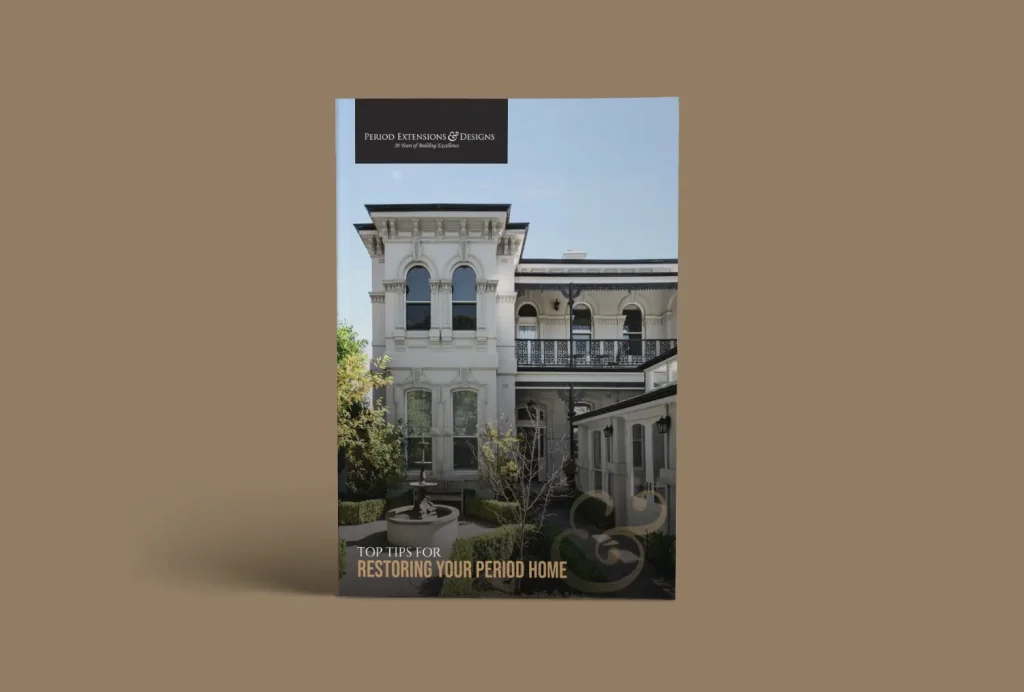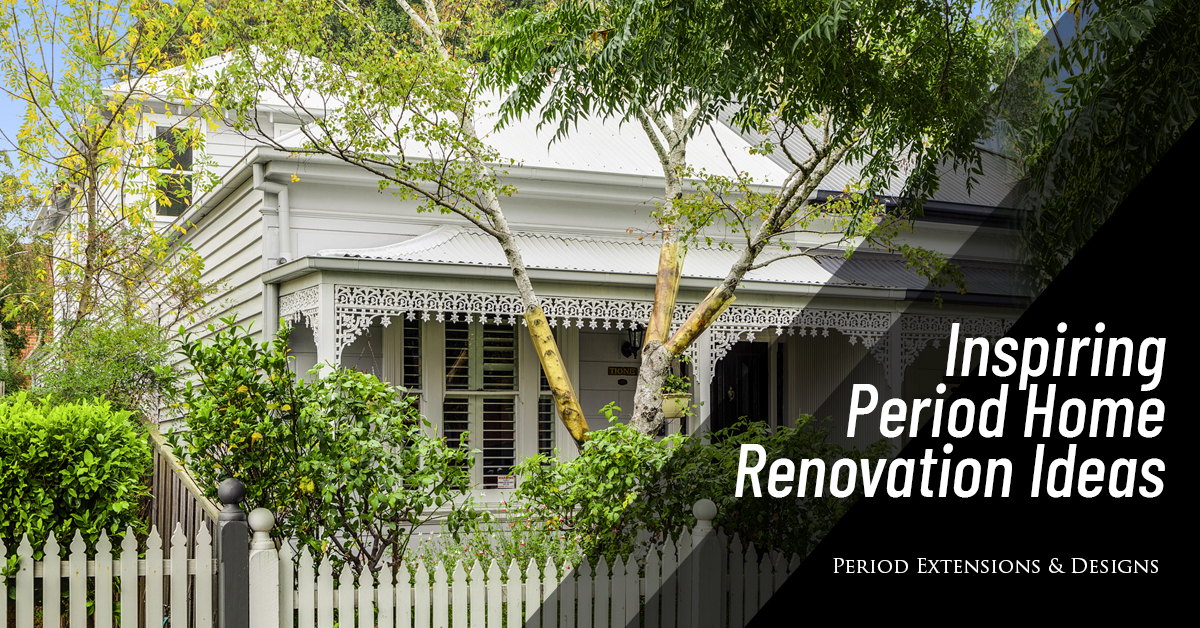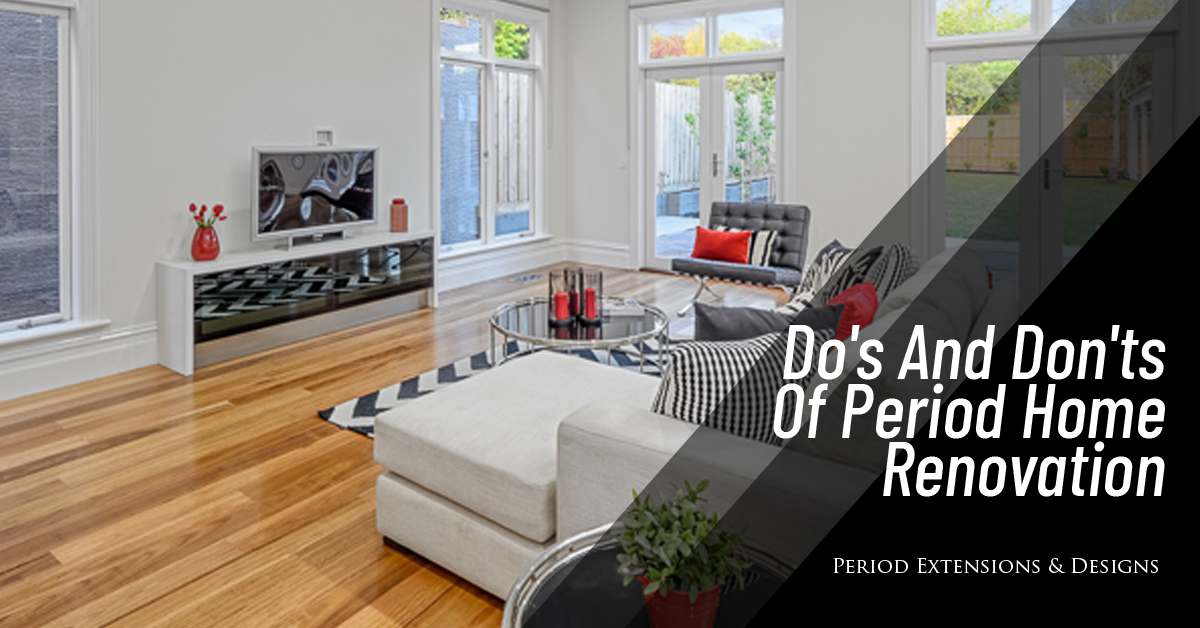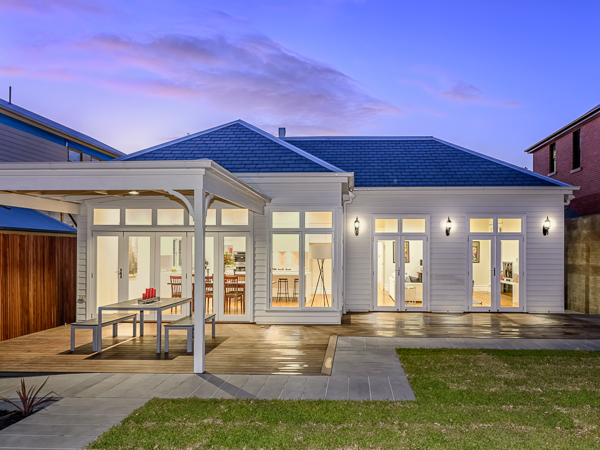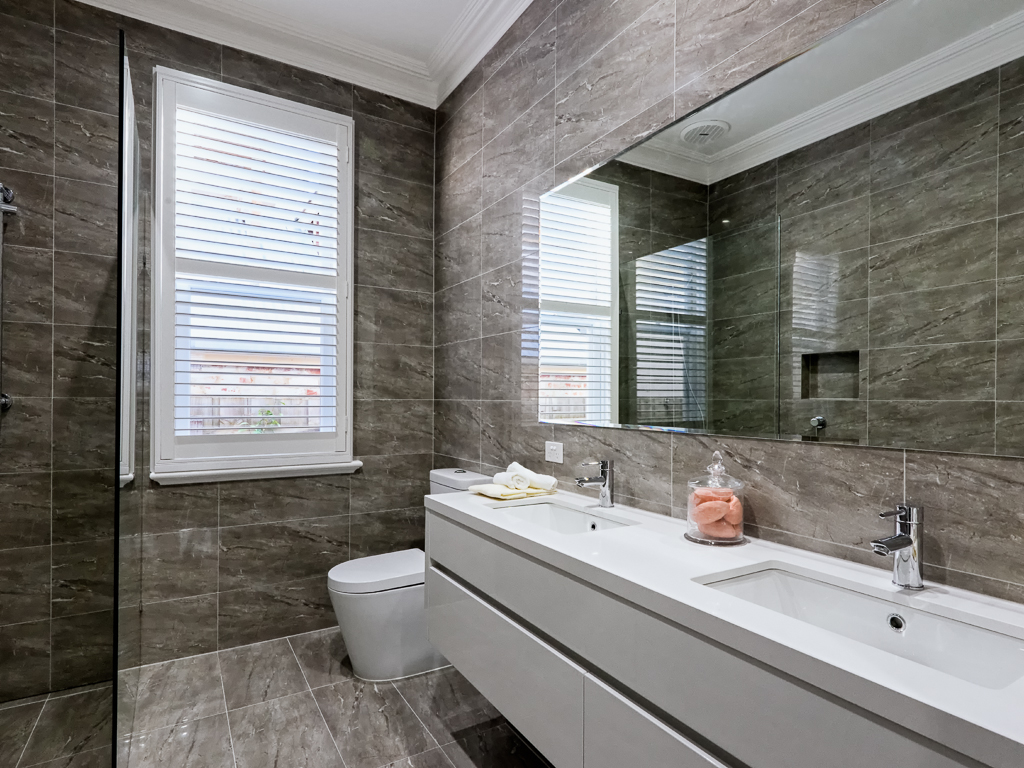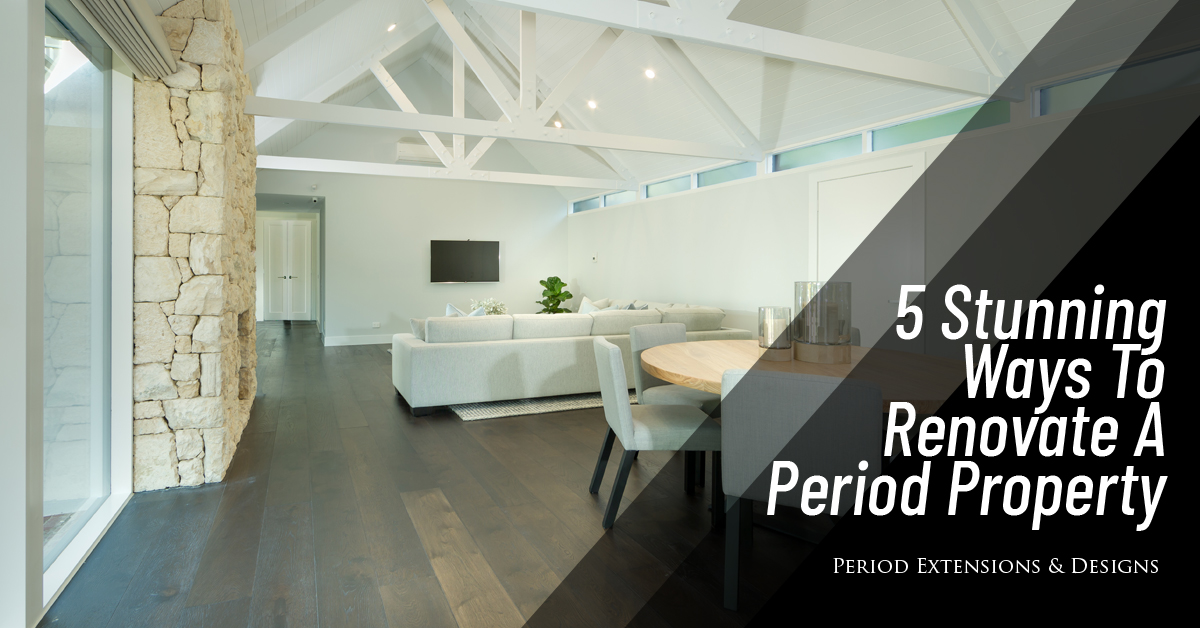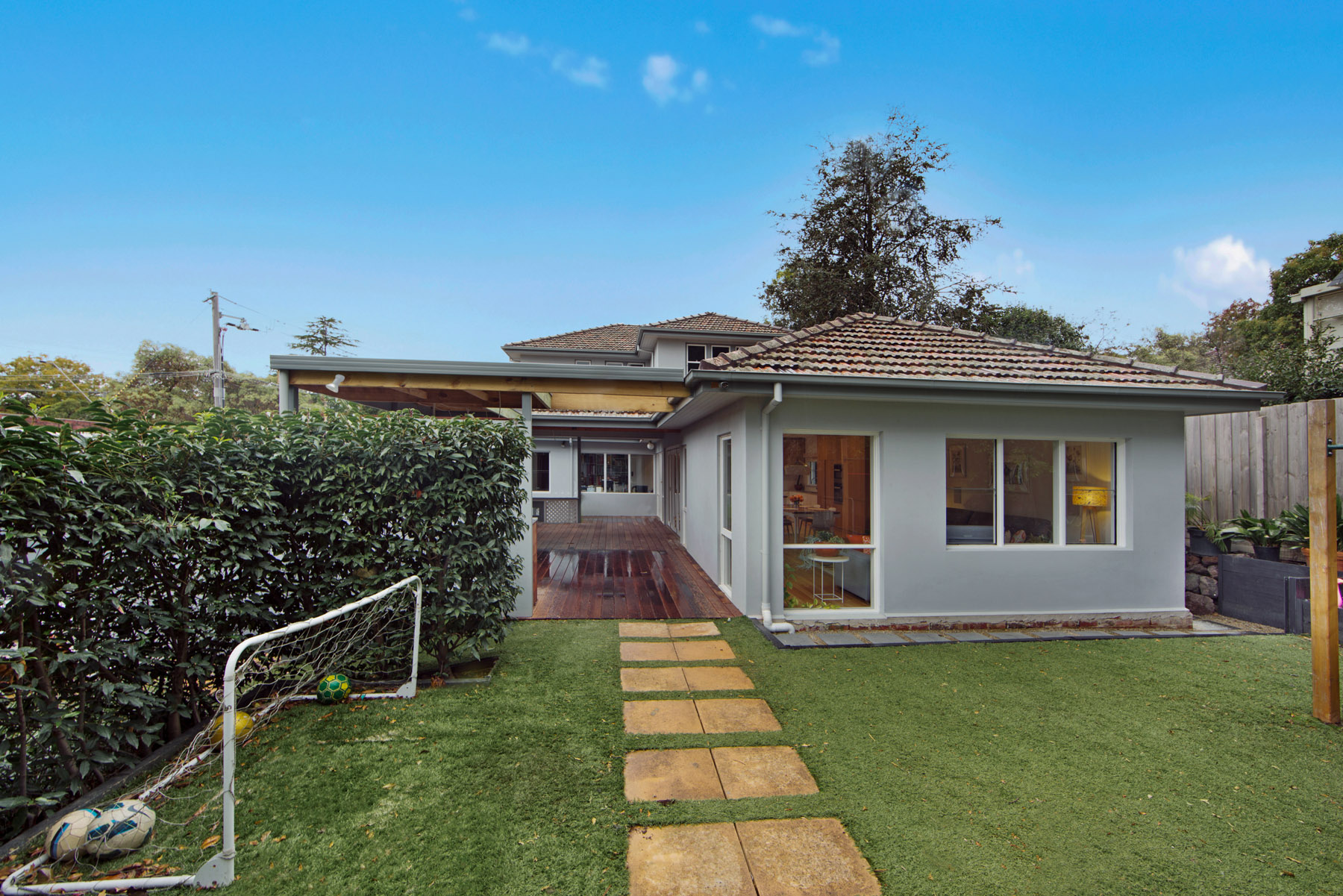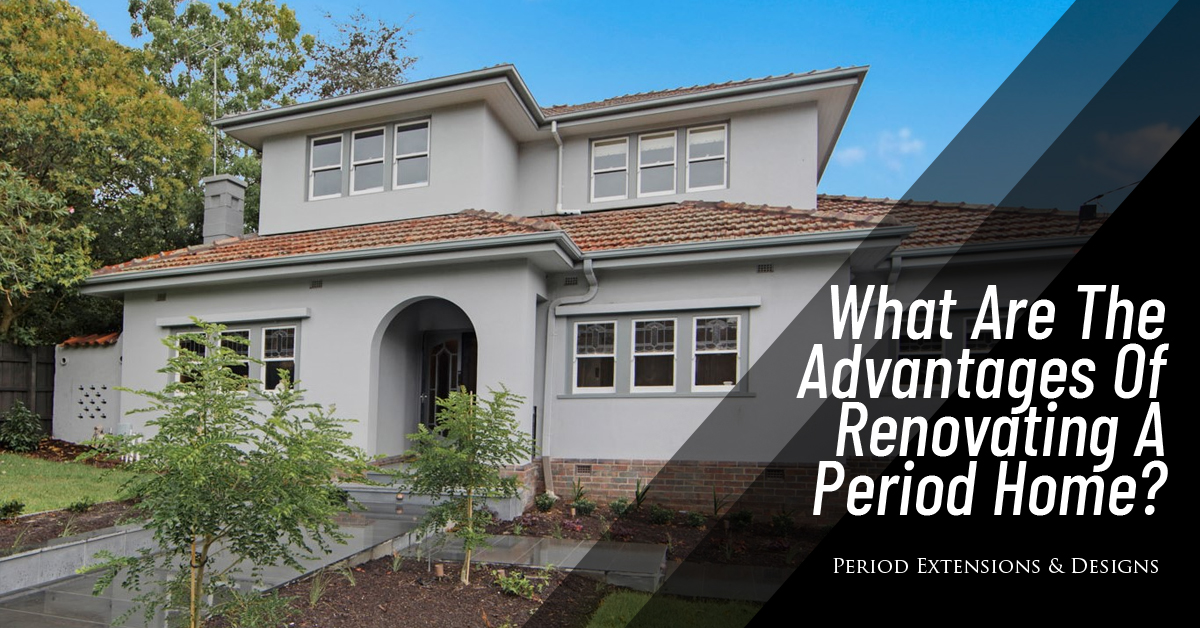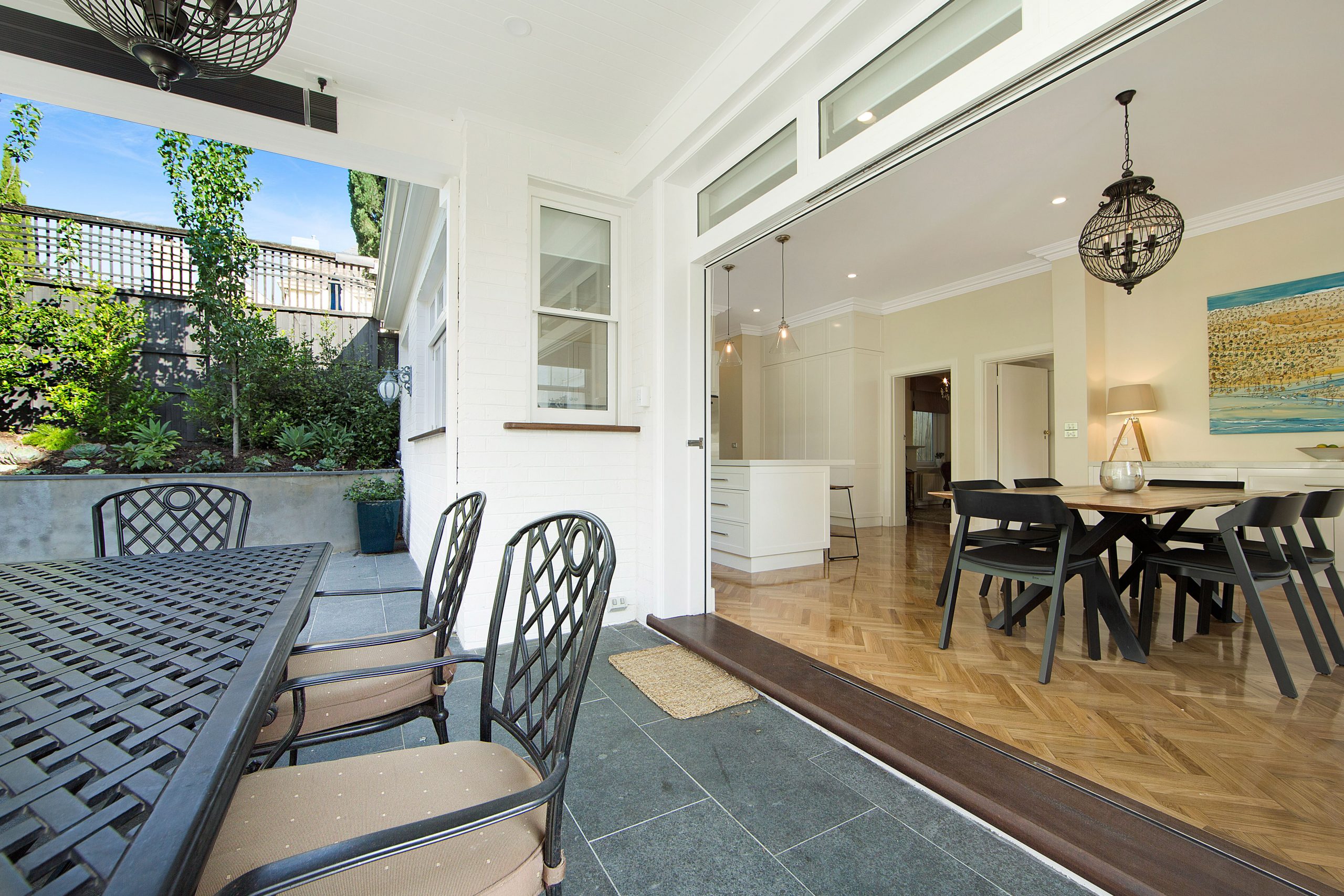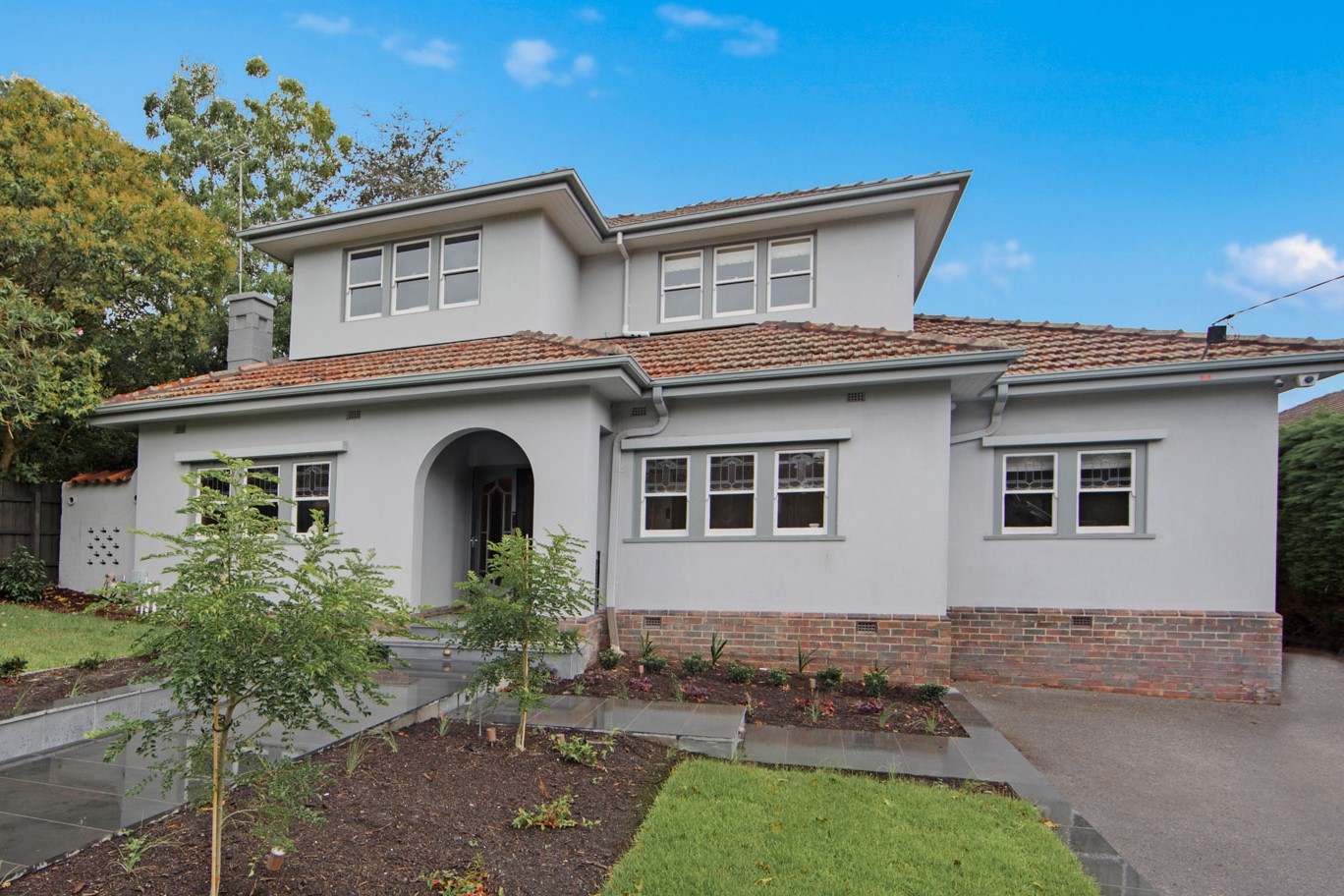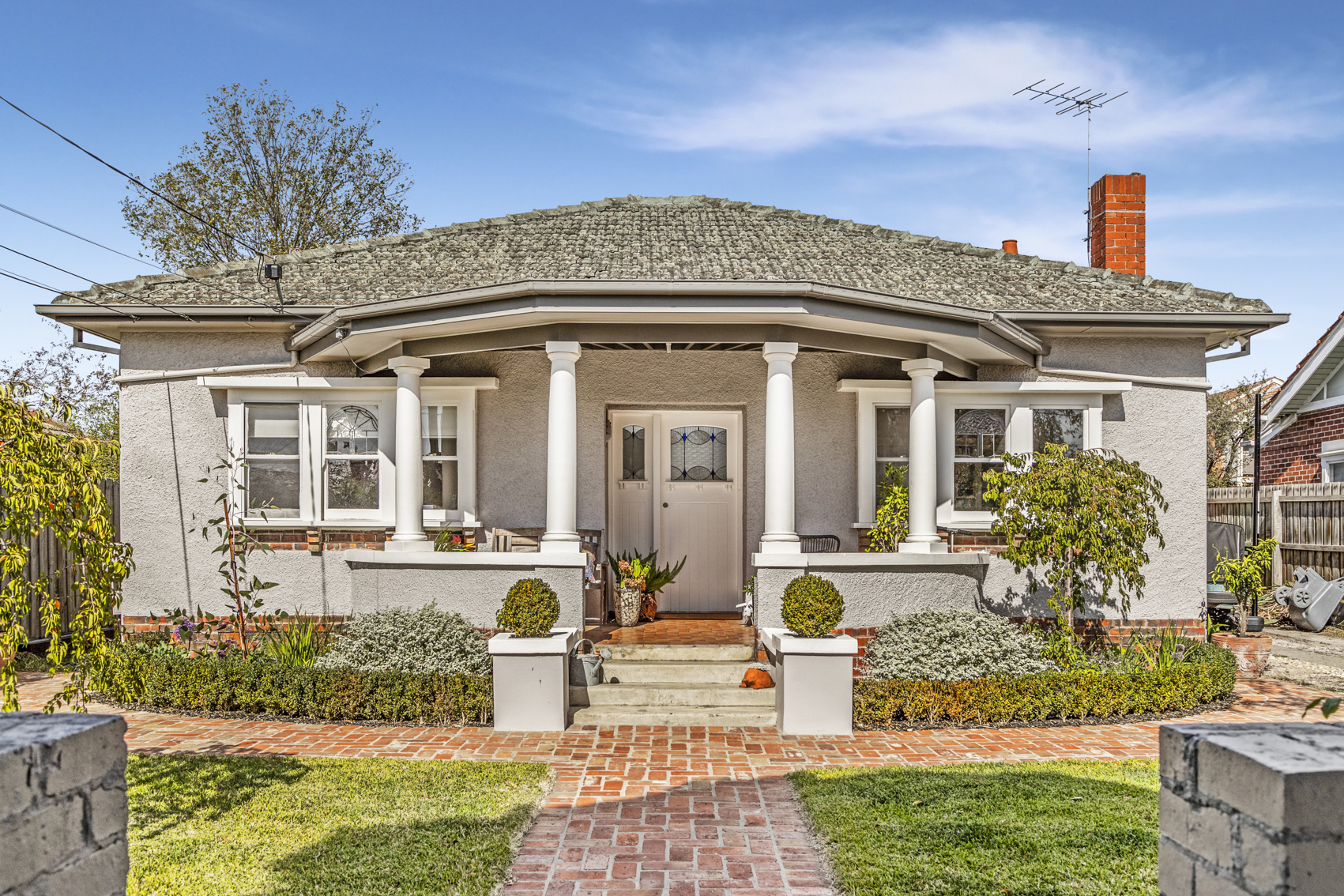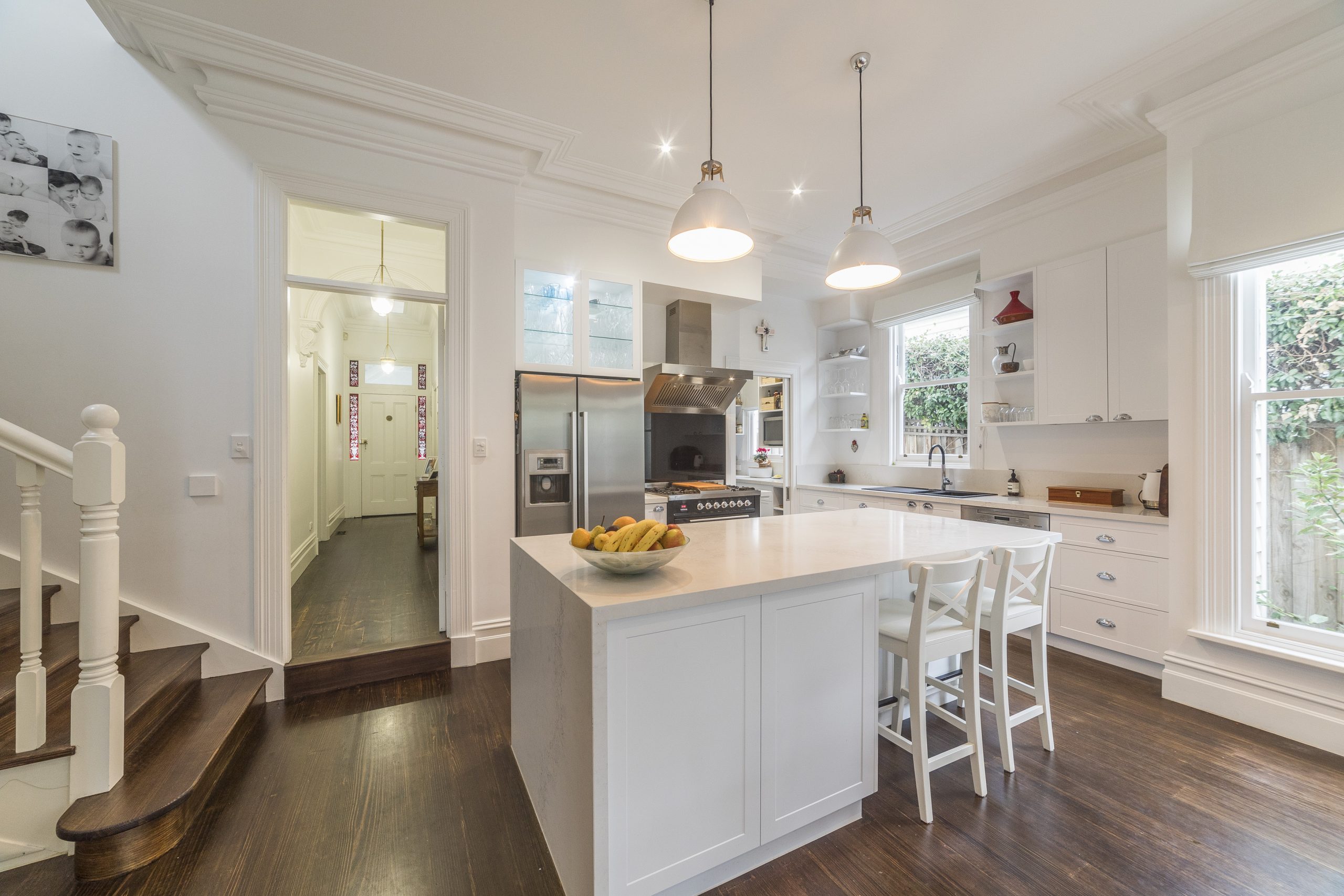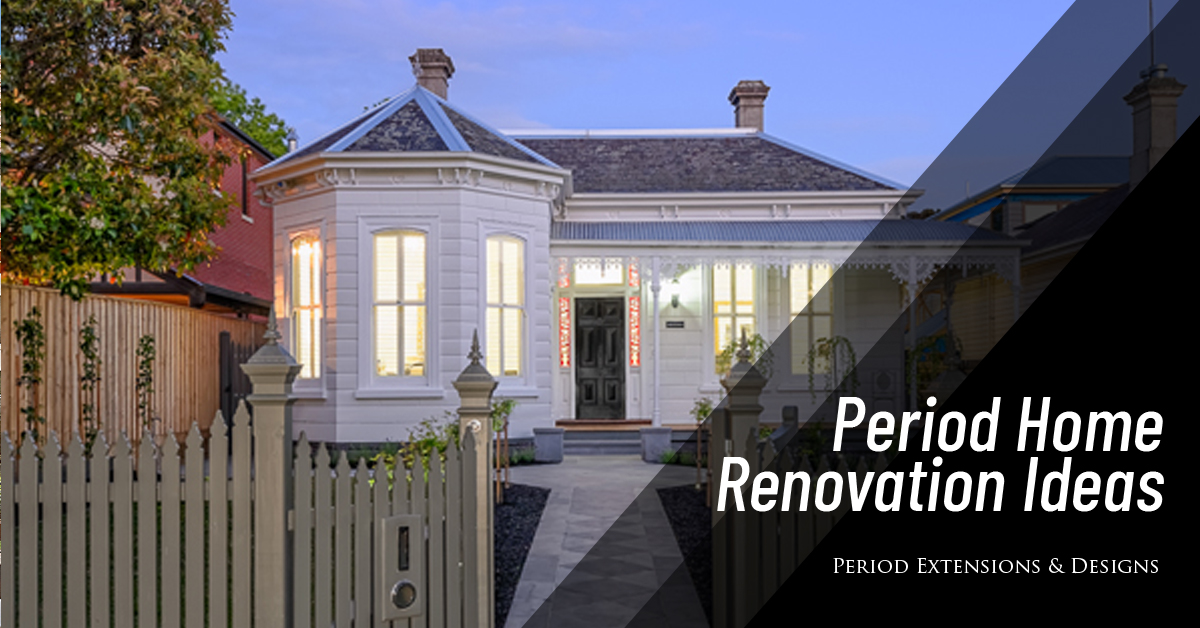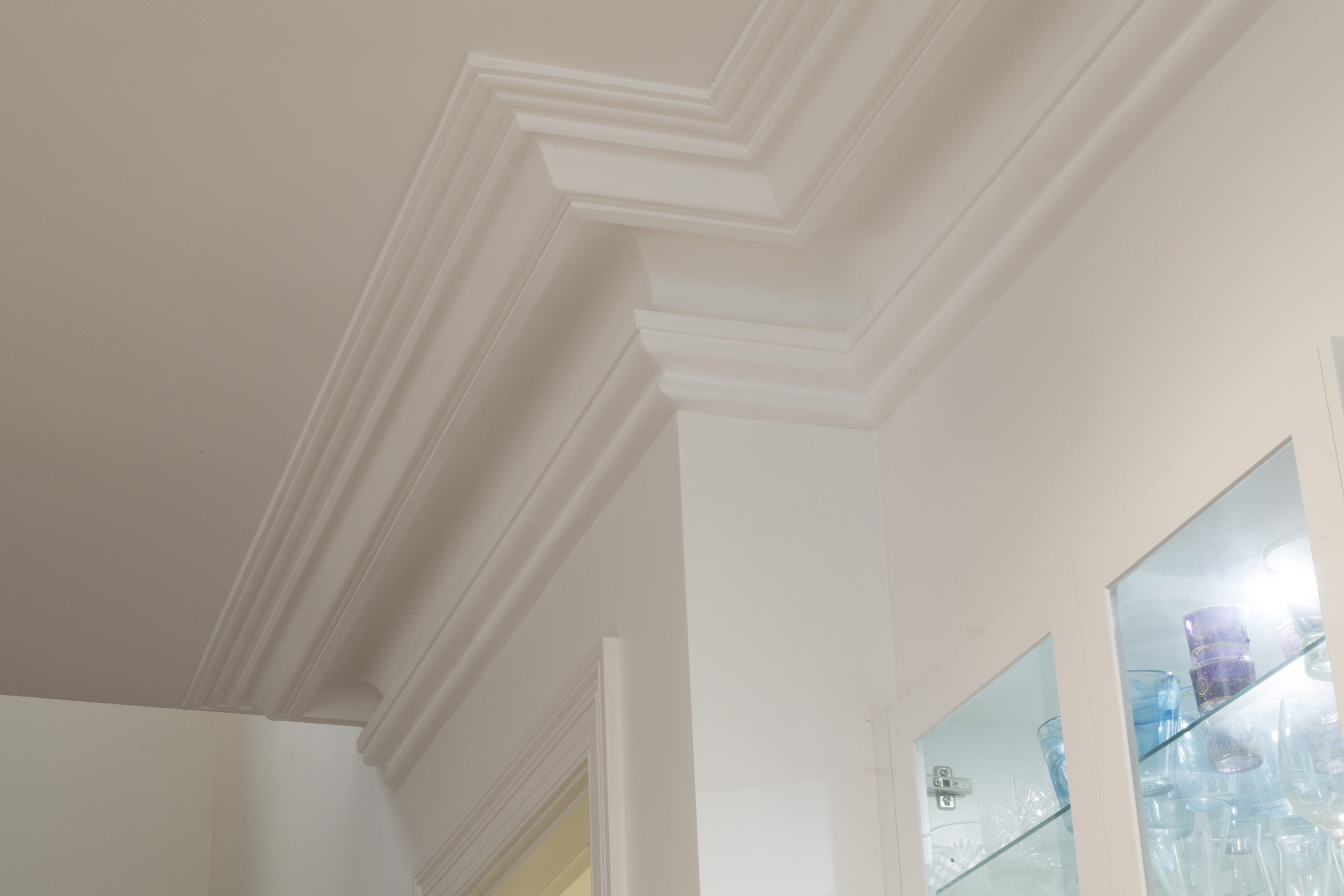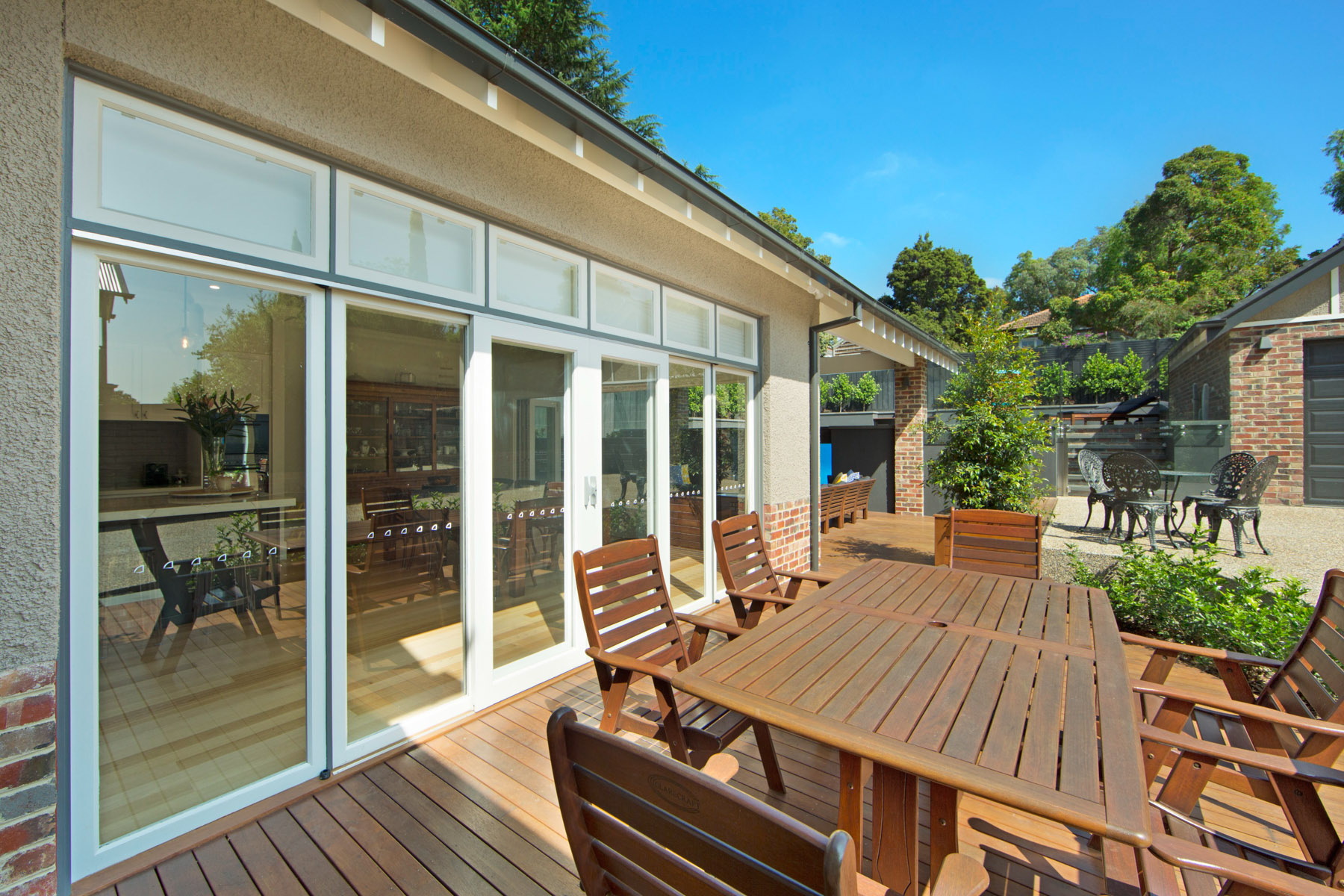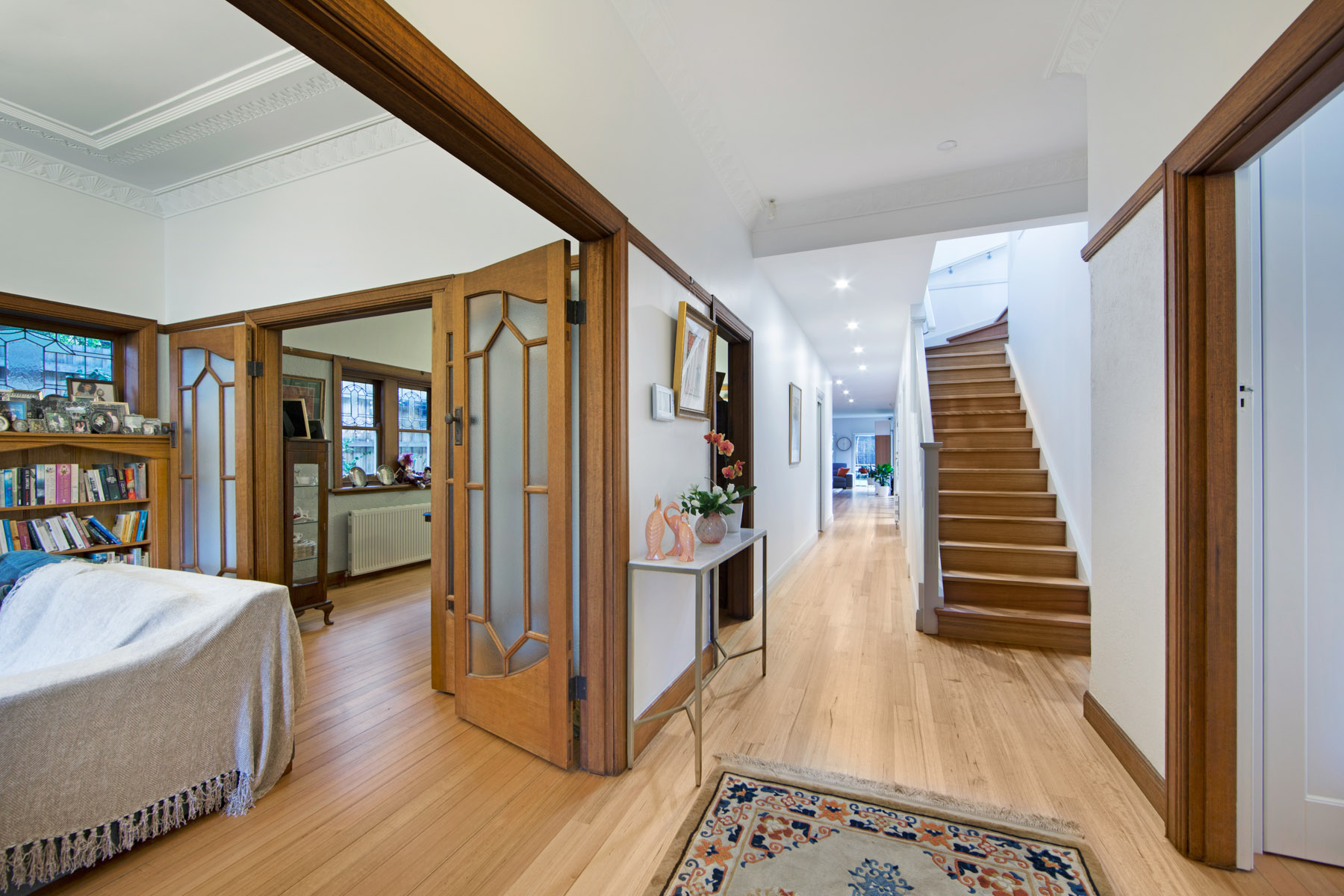
From curved windows and pressed metal ceilings, the attention to detail and distinct features of an architectural era is what attracts people to period homes.
Who doesn’t want their very own little piece of history?
Potential Melbourne homeowners are always on the lookout for a beautiful period house to call home but it is not always that easy.
Acquiring period homes can be a costly exercise as there are usually a heap of hidden costs that can rack up over time, particularly if you try and go it alone.
Period houses usually require some type of renovation work to make sure that they are structurally sound and safe to live in.
This can be expensive but it doesn’t have to be if you plan and prepare. Before engaging a contractor for your period home renovation, here are a few pre-purchase considerations:
- Pre-purchase consultation and inspection by a professional – If you are planning to buy a period home to renovate and sell, it is important to know what you are getting into. Aside from the potential selling price of the property, you need to know what improvements, repairs, replacements, and renovations need to be done to the property so you can determine the overall cost of acquiring the house.
- Don’t rush into it – Take your time to think things through. A renovation is costly and can take up a lot of your time so you need to make sure you are ready not just financially, but also emotionally and mentally.
- The extent of renovation – Will this renovation take many months to complete? As mentioned above, make sure you are ready to dive in financially, emotionally and mentally. A full renovation can be a daunting and prolonged task.
- Check if the house is listed as a Heritage Property – If the house is listed as a Heritage Property, it will probably be protected by certain regulations. There may be certain changes you might want to make that might not be allowed.
- Identify which parts of the renovation require permits – Before embarking on the renovation project or even buying the house, check what permits are needed for the changes you have in mind. This will save you time and money when you start.
Following are some other things to consider and why you should strongly consider engaging a professional builder to help with your renovation or extension.
Asbestos Removal
Asbestos use was banned in the ’90s when its dangers were discovered. Asbestos poses severe health risks and should only be handled by certified professionals.
Period homes were built well before the ban came into effect. Therefore, you must have the property checked for asbestos before buying it because asbestos removal is very expensive.
Asbestos in period houses is usually found in interior and exterior cladding, roofs, vinyl floor tiles, insulation, kitchen splashbacks, bathroom tiles, imitation brick cladding, roof gutters, capping, and eaves.
The cost for asbestos removal and disposal ranges from a few hundred up to thousands of dollars depending on the removal needs. It is best to proceed with caution when purchasing a property and have it checked for asbestos first.
Council Regulations
If the house is listed as a heritage property, this could mean the house is protected by law. This means that renovations and repairs need to follow strict council regulations.
For example, if the original roofing is made of terra cotta tiles or slate roofing, you may need to use the same materials. Frontage appearance, colour, and materials might be strictly regulated as well.
If you engage a professional builder to handle your extension or renovation, they will take care of this process for you as they will also know exactly what information is required by the local council.
This will save you time and give you peace of mind that things are being handled correctly.

Foundation Repair Costs
Although most period homes are structurally sound, you will still need to have the foundation checked for safety purposes.
Some of these repairs may include rotten timber, cracks in the walls, roof replacement, repairs to load-bearing walls, door and window repairs or replacement among others.
These items all add up and can end up costing you thousands of dollars. That is why you need to utilise the services of a professional builder as they will know the best course of action to take depending on what repairs or replacements are required.
Termite and Pest Removal
Period homes if not maintained properly will usually have termite problems. If uninhabited, the could also end up wildlife and other pests infesting the property as well.
Some wildlife and other pests like bats, possums and rats are health hazards and can cause severe damage to property.
Termite treatment and pest removal is expensive and are an example of some of the hidden costs that you don’t expect but will most likely encounter.
A professional builder will be able to advise on the best way to tackle the issue based on their extensive experience.
Updates or Replacement of Plumbing, Electrical and Heating Systems
It is expected that almost all period homes will have outdated electrical and heating systems, and there may also be plumbing issues.
Replacing of switchboards, power points and lighting will most likely be needed. This type of work can be a major blow to your budget, especially if you attempt to do this on your own.
A professional will understand the entire plumbing and wiring layout of the property and will be much more equipped to handle any replacements or additions required.
This will not only save time but could also save you hundreds, if not thousands of dollars and will also ensure the job is done correctly and safely.
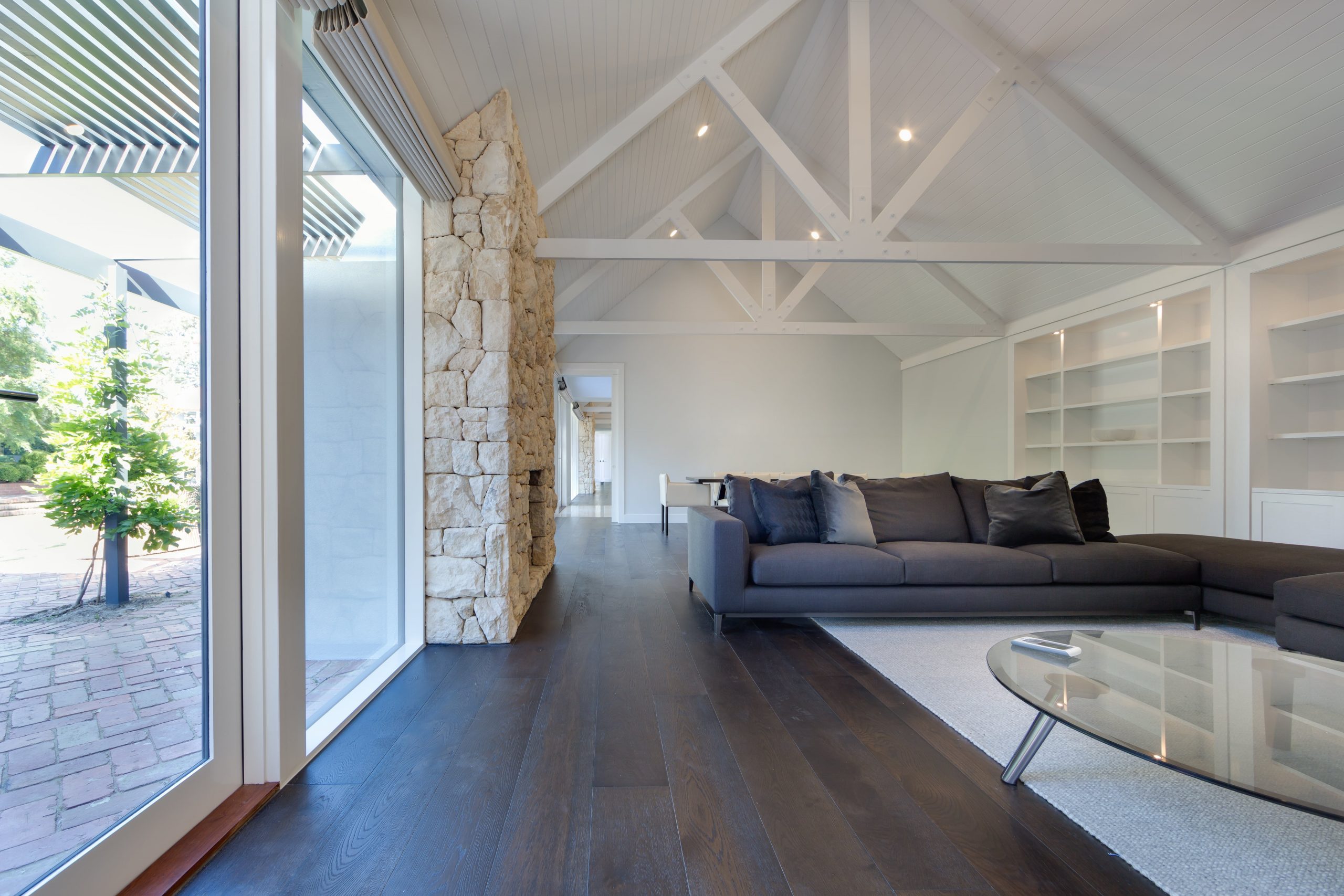
Flooring
Period homes generally have beautiful hardwood floors hidden underneath the tiling or carpets. All you need to do is remove the tiles or carpet and polish the natural wood to give an antique look to the floors.
However, this can still be a costly exercise if you don’t use a professional to get the best advice and to give you some options to choose from based on their experience.
Final Thoughts
Renovating a home, whether period home or not, will cost you. However, you can minimise the expenses if you engage a professional and trusted builder.
They will ensure that the project is planned carefully and that your budget is realistic and adhered to throughout the project. That is where Period Extensions and Designs is at your service.
Please call us today at Period Extensions and Designs on 03 9882 5255 or message us through our contact form for a pre-purchase consultation or for any of your period home renovation and extensions needs.


